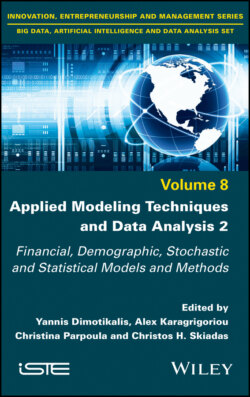Читать книгу Applied Modeling Techniques and Data Analysis 2 - Группа авторов - Страница 20
1.5. Conclusion
ОглавлениеThe data analysis framework designed in this chapter gives an effective learning scheme aimed at improving the IRA’s ability to identify non-compliant taxpayers. It involves two C4.5 decision trees, predicting two different class values, based on two different predictive attribute sets. That is, the first model is built to identify the most likely non-compliant taxpayers, while the second one identifies the ones who are more likely going to pay the additional tax bill. This twofold selection process target is requested in order to maximize the overall audit effectiveness, so businesses will be audited, only if suggested by both models.
Tax evasion is a topic that has been studied extensively in the past (starting from Allingham and Sandmo 1972) and it is still a hot topic. Most models are usually mainly concerned with finding the best way to identify the most relevant cases of tax evasion. In this chapter, we go further, analyzing the overall effectiveness of the tax authorities activity, which has to take into account both the tax notices’ profitability and the collectability of the additional requested taxes.
The latter issue cannot be tackled without knowing the final stage of the tax notices. In fact, it is very difficult to have this kind of information at hand, even because a tax notice can come to an end years after it was sent to the taxpayer (especially when a tax court is addressed).
By ignoring the collectability aspect of the audit process, the selection processes may not be correctly targeted, or at least, may not satisfy the tax authorities’ needs i.e. relevant evasion phenomena may be discovered, but only little money may be collected.
Of course, the fight against tax evasion is not only a matter of collecting money, but should also have some other purposes, such as promoting taxpayers’ compliant behavior. Nonetheless, efficient tax bill collection is crucial from the state budget point of view, because public expenditures are strictly connected to public revenues.
The methodology we suggest here will soon be validated in real cases i.e. a sample of taxpayers will be selected according to the classification criteria developed in this chapter and will subsequently be involved in some audit processes.
